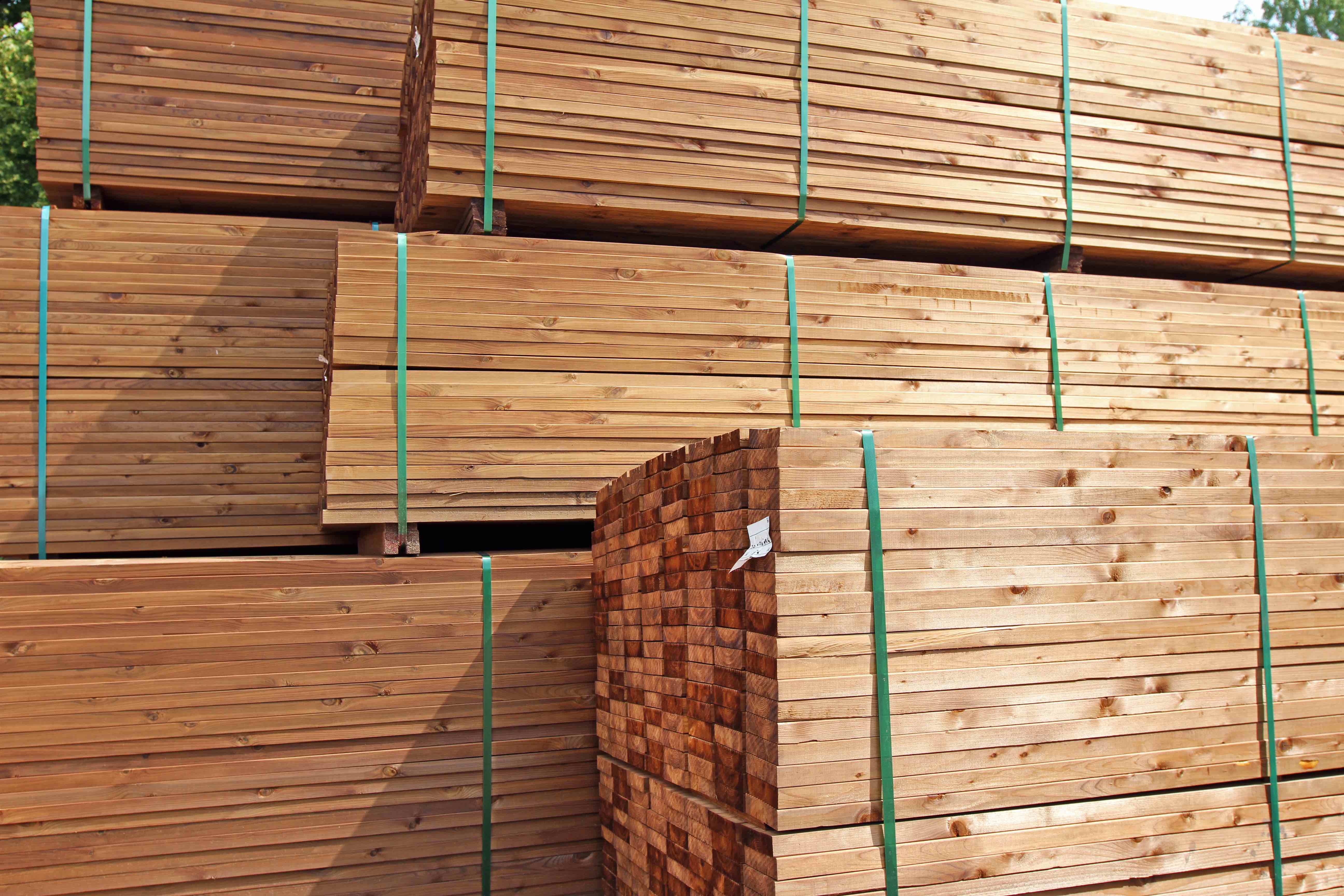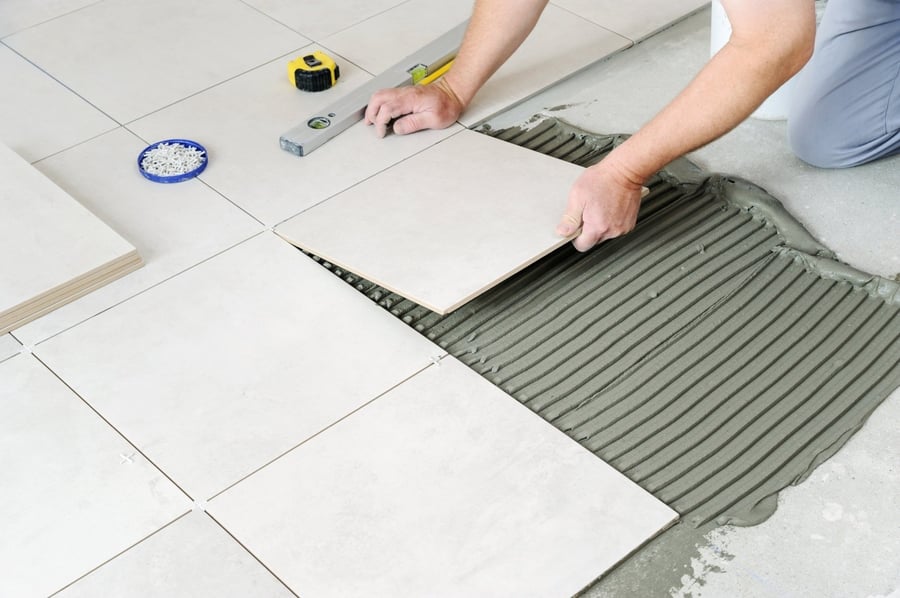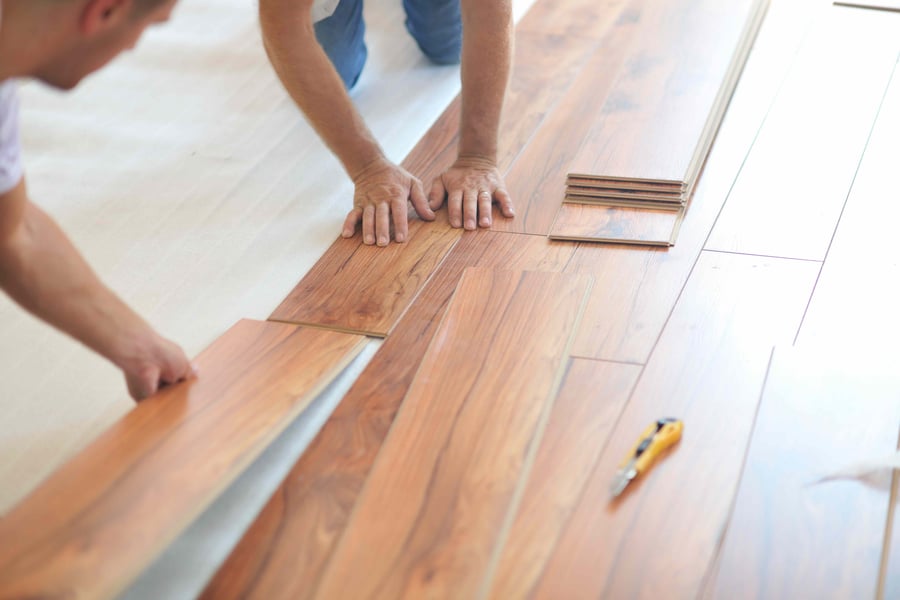Practical Uses For Moisture Meters For Quality Improvement in Wood Manufacturing RX # 4

Rx #4: SAMPLING INCOMING LUMBER
Always check the MC of incoming lumber.
It is critically important for a wood products manufacturing operation to have lumber that is at the correct moisture content (MC). Failure to achieve this goal means losses in quality and potentially repairs or replacements of defective products- -flooring, cabinets, furniture, guitars, millwork, drumsticks and more. Rx #1 in this series gives suggested target MCs; fine tune these for a specific customer.
NOTE: Even though the kiln MC is perfect, the storage of lumber between the kiln and the user can be a source of moisture change…storage of lumber the wrong relative humidity can, in a few weeks, begin to increase or decrease the lumber’s MC above or below acceptable levels. Heated storage at the correct relative humidity, or even wrapping all six sides of a pack in plastic wrap, can stop any moisture changes in storage.
TWO MC FACTORS
We have two concerns when evaluating the MC of incoming lumber: the average (or mean MC) and the variability of the MC around the average. To be clear, if the average is 7.0% MC, a reasonable target for many operations, but with pieces ranging from 4.0 to 10.0% MC, the variability is likely “way too high.
Average. The average MC of a set of data is the sum of the MC readings divided by the number of readings. Many moisture meters have a memory and can do the calculation of average MC with the push of a button. A computer, i-phone app, or pocket calculator can do this as well. As stated in Rx #1, 6.8% to 7.2% MC is a reasonable target for many hardwood operations; 10.0% MC for softwood boards.
Variability. There are several ways to measure variability of MC data, but the most common is to calculate the Standard Deviation (SD). (SD is sometimes given as the lower case Greek character sigma). Some moisture meters can do the SD calculations with the push of a button; a computer, i-phone app, or pocket calculator can also give the answer, but there is always the chance of an entry error. A well run hardwood and 1” softwood kiln operation should target the SD <0.5. The best hardwood drying operations will target SD<0.3.
MC ESTIMATES
It is ideal if we can measure every piece of lumber with a so-called “in-line moisture meter.” Such devices are quite expensive, but certainly worth it for large manufacturing operations. For most operations, the average MC and SD, if taken from about 30 randomly chosen samples from a load, allow a fairly accurate estimate of the total population of lumber, even though only 30 pieces were measured. (It is much like the estimates made of the voters’ choices in an election- -samples of 100 people predict the outcome quite accurately.)
Variation. Specifically,
About 67% of the pieces of lumber will have MCs between
[average MC - (1 x SD)] to [average MC + (1 x SD)]
About 90% of the pieces will have MCs between
[average MC - (1.64 x SD)] to [average MC + (1.64 x SD)]
About 95% of the pieces will have MCs between
[average MC - (2 x SD)] to [average MC + (2 x SD)]
About 99.9% of the pieces will have MCs between
[average MC - (3 x SD)] to [average MC + (3 x SD)]
Example. Assume the average is 7.2% MC and the SD = 0.5. Assume that a 50MBF kiln has 10,000 pieces of lumber. Using the formulae above, we estimate
There will be 67% or 6,700 pieces of lumber between 6.7% MC to 7.7% MC.
There will be 90% or 9000 pieces between 6.4% MC to 8.0% MC. Therefore 500 will be wetter and 500 will be drier than these limits.
There will be 95% or 9500 pieces between 6.2% MC to 8.2% MC. Therefore, 250 will be drier and 250 wetter than these limits.
There will be 99.9% or 9990 pieces between 5.7% MC to 8.7% MC. Therefore, 5 pieces will be wetter and 5 pieces drier than these limits.
Obviously, it is up to the individual manufacturing operation to determine if the spread in the example is OK or needs to be tightened. I suggest that 0.3 SD is often better, as then 9500 pieces would be between 6.6% MC to 7.8% MC, with 245 between 6.2% MC and 6.6% MC and 245 between 7.8% and 8.2% MC. This is much better, from a MC point of view.
Measuring 30 samples from a load can be a bit time consuming, but using a pinless meter makes the job much quicker.
Acceptance Sampling. A second question when evaluating incoming lumber is whether to accept the lumber as having the correct average MC or rejecting it. Indeed, there are rules for this acceptance sampling. For example, if taking 30 readings and after the first 25 everything looks perfect, it is a good guess that this lumber is OK. Unfortunately, the precise acceptance sampling technique requires someone, perhaps from a Community College or Extension Business Office, to work with you to set the exact procedure. . .the last thing we want is to reject a load that is actually OK.
I have seen some operations that buy KD lumber using a pin-type moisture meter on incoming lumber before the lumber is even unloaded from the trucks. They use insulated, 1/2” long needles that are driven in the edge of the lumber at a point about 1/4 of the lumber’s thickness from the top or bottom of a piece. They measure 10 pieces and if one is over 8.0% MC, they measure 10 more. If the second sample has one over 8.0% MC, they reject the load. You would fine tune these numbers for your operation. (Note that 1” needles are also available, but with KD lumber that has a very small gradient, the shorter needles will work fine and will be less likely to break or bend.)
Benefit. I had one client that manufactured interior doors. They typically had about 300 recalls mainly in the wintertime. They put in a MC sampling standard for incoming lumber and the next winter they had 3 recalls!
Redrying. A load of lumber that is a little bit wet, the entire load can be stickered and can be dried in a day or two to improve the final MC values.
With an in-line meter, only the wet pieces would need to be redried. Accumulate the wet pieces and when enough for a kiln load is accumulated, then put it into the kiln for a day or two.
In either case, use a kiln setting of about 130 F and about 6.0% EMC. Precise instructions are on page 95 of DRYING HARDWOOD LUMBER, which is on the Internet (See Rx #1).
Rx is from The Wood Doctor, Gene Wengert, President, The Wood Doctor’s Rx LLC
Subscribe to Our Blog
Post Related

Can Flooring Moisture Meters Be Useful for Installing Tile Floors?

